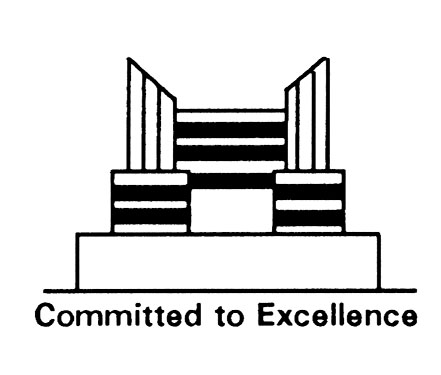The BLOODHOUND: A Global Feat
The World Land Speed Record Team may be a British organisation, but the Bloodhound SSC is the product of collaboration between multiple countries, stretching across continents and time zones. I was intrigued by this and motivated to look deeper into the internationally-known vehicle.
The result of 8 years’ research and still incomplete, the BLOODHOUND SSC is expected to break the World Record for Fastest Land Speed this year, in 2016. A team of 46 engineers and countless other education managers and communication directors proudly consider themselves as part of the ‘Bloodhound Team’. But this group of around 86 make up only a fraction of the people involved in the creation of the car that promises to break 1000mph and ‘inspire a new generation of scientists, engineers and mathematicians’. The World Land Speed Project would not be possible without the millions of pounds of funding it gets from Britain, India, the US, Wales, Norway and many other countries and corporations.
Starting locally, Bloodhound has received some vital pieces of kit through its partnership with Jaguar, a British car manufacturing company (owned by Tata motors, an Indian automotive company that advertises itself as part of the BLOODHOUND Project). According to the BLOODHOUND website, Jaguar provided the team with a 5.0 litre 550PS V8 engine, giving the car an extra hydraulic boost along with the EJ200 jet engine mounted onto the back of the car (not donated by Jaguar).
Staying in Britain, the RAF- aside from providing the team with fighter pilot Andy Green, who has been tasked with driving the finished BLOODHOUND car down the track in South Africa and also set the current World Land Speed Record in in THRUST SSC, Bloodhound’s predecessor- have worked with Oxford University to regularly sponsor the project and give students the opportunity to work with Bloodhound. Their logos proudly adorn the body of the BLOODHOUND SSC.
Other major sponsors include Norwegian ammunitions manufacturer Nammo, Rolls-Royce and leading lubricant brand Castrol.
But sponsors aside, the 7½ ton vehicle needs to be housed somewhere, and the search for a perfect track and runway has been long and arduous.
In his ongoing log of the Bloodhound’s progress, Andy Green includes a small explanation of why a new desert is needed from Doctor Adrian Luckman of Swansea University:
The Black Rock Desert in Nevada, site of Thrust SSC’s world land speed record, has deteriorated in recent years. BLOODHOUND SSC requires a flat, smooth surface long and wide enough to safely reach, and slow down from, its target speed of 1000 mph. The Geography Department in the School of the Environment and Society set out to search globally for potential new test sites using a Geographical Information System (GIS) approach utilizing satellite remote sensing data products.
And so the search for a new track began. In the end, six expeditions were made to a total of five venues (San Francisco, USA; Turkey; Verneuk Pan, in the Northern Cape region of South Africa; Australia and Hakskeen, South Africa). All four countries involved advertised their desert as the optimum track space for the World Record to be broken.
In total, eleven individual countries got involved in the Bloodhound project. On top of that, fifteen international companies with manufacturers in Europe, Asia and the USA boosted advertising for the World Land Speed Record Team. Take all this into account, and almost all of Europe, Asia and North America combined are present in contributing to the completion of BLOODHOUND SSC’s goal.
A truly global achievement.
Kavi




